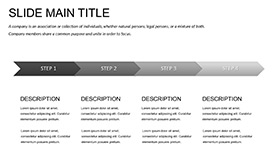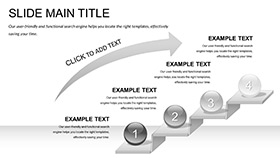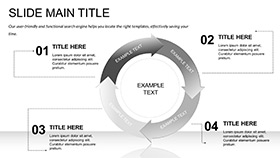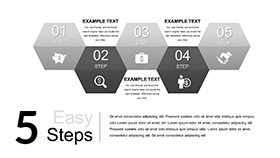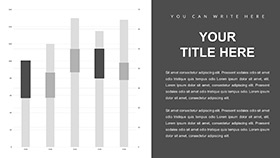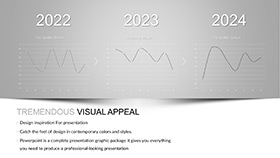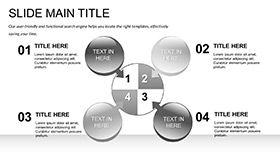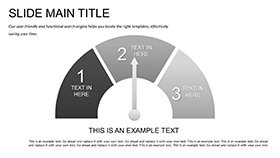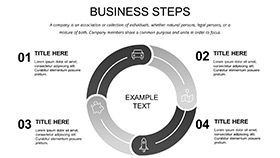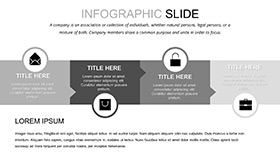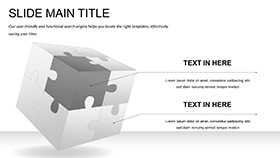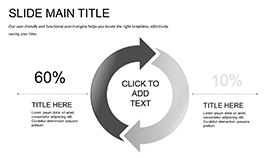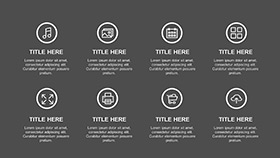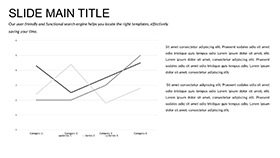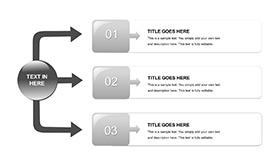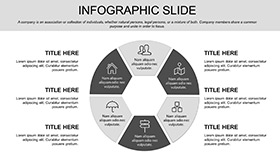Legal education and advocacy thrive when rules aren't just recited but revealed through structure. This Crime Rules PowerPoint template serves as a beacon for prosecutors, defense attorneys, and policy makers, offering 28 diagrams that dissect offenses and penalties with unflinching clarity. Backed by three masters and backgrounds, plus seven color schemes, it's editable in PowerPoint 2016+ to fit your interpretive lens. Transform statutes into strategic maps that guide discussions on complicity and culpability.
The frustration of abstract legalese dissolving into confusion is all too familiar. This template counters it with hierarchical breakdowns and relational webs, akin to the codified visuals in penal code appendices. Ideal for sentencing guidelines or ethics seminars, it ensures your audience grasps nuances without the fog.
Standout Features: Framework for Fair Analysis
Rooted in logical design, the template's masters standardize rule citations, while backgrounds range from ledger lines to abstract justice motifs.
- 28 Analytical Diagrams: Flowcharts for offense escalations or matrices for penalty tiers.
- Seven Balanced Schemes: Crisp blacks for formality or subtle accents for pedagogical warmth.
- Interactive Layers: Hover effects for deeper dives into subclauses.
Refine effortlessly: hyperlink sections to source docs or animate branches to unfold aggravating factors. It's a scaffold for sound legal reasoning.
Use Cases in Action: Rules Rendered Relatable
A district attorney could open with Slide 3's penalty pyramid, layering complicity degrees to argue joint liability. In bar exam prep, leverage the comparison wheels on Slide 19 to differentiate misdemeanors from felonies, aiding retention. Policy drafters might employ the decision matrices on Slide 26 to simulate reform impacts.
One advocate used similar tiered visuals to humanize sentencing disparities in community forums, echoing approaches in restorative justice models. Priced at $22, it democratizes high-caliber legal illustration.
Implementation Steps: From Code to Canvas
- Establish Hierarchy: Align master with jurisdiction-specific headers.
- Embed Rules: Input articles into nodes; auto-connects form relational trees.
- Build Narratives: Animate progressions to trace offense evolutions.
- Cross-Reference: Link to amendments, with pop-up annotations.
- Distribute Strategically: Optimize for handouts with embedded notes.
Outshining generic outlines, this fosters deeper engagement in rule-bound dialogues.
Slide Essentials: Breaking Down the Blueprint
Introductory Slide 1 frames with a rulebook icon (alt: "Crime rules hierarchy preview"), authoritative yet approachable. Slide 11's escalation ladder climbs from infractions to indictments, rungs adjustable for context. Finale Slide 28 consolidates with a rule recap radial, spokes linking to reforms.
Thumbnails such as "Penalty matrix animation preview" spark ideas for personalization. Sync with legal databases for live updates, enriching your advocacy arsenal.
Frequently Asked Questions
Can I adapt diagrams for international laws?
Yes, modular elements allow swaps for global code integrations.
Do animations aid in explaining complicity?
Precisely - phased builds illustrate shared liability dynamics.
Are text fields jurisdiction-flexible?
They are, with expandable boxes for varying statutory lengths.
Included formats for versatility?
.pptx for work, .potx for reuse, .jpg for briefs.
Suitable for policy workshops?
Ideal, with group-editable features for collaborative sessions.
Decode the codes that shape justice - download for $22 and rule your presentations.






